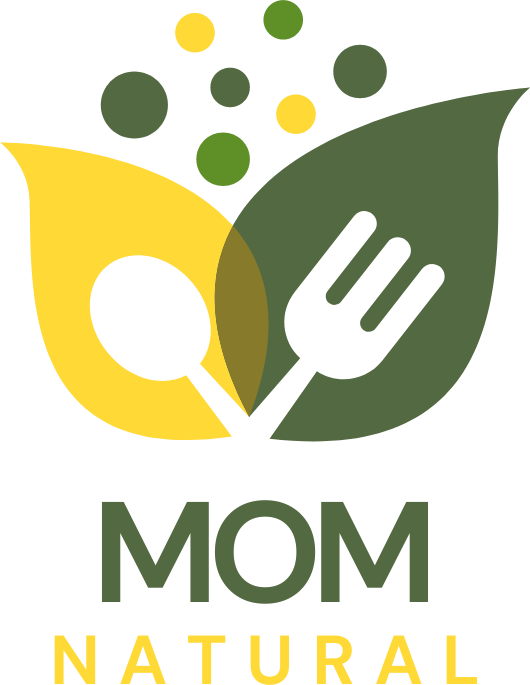Beginning The Weaning Journey: Preparation and Patience
Weaning a baby is one of the significant milestones in your child’s life. It is the process of transitioning your baby from breastfeeding or formula feeding to other foods and drinks. This phase usually begins when the baby is around six months old, but it can vary for each child. As with all new phases in your baby’s life, there can be a lot of uncertainty and questions about how best to handle weaning. Here, we provide some practical weaning tips to aid you in this process.
1. Gradual Weaning: The Key to a Smooth Transition
One of the most important aspects to consider when starting the weaning process is to make it gradual. A sudden stop in breastfeeding can be overwhelming for both you and your baby. This guide to gradual weaning provides some helpful insights for making the process smoother.
2. Introducing Solid Foods: Start with Easy-to-Digest Options
When you begin transitioning from breastfeeding, your baby’s diet should be supplemented with other foods. Start introducing solid foods that are easy to digest, such as blended fruits and vegetables, yogurt, and cereals. The introduction of new foods should also be gradual, so your baby can adjust to the new tastes and textures.
3. Dealing with Resistance: Try Different Soothing Techniques
As with any new experience, your baby may initially resist the changes associated with weaning. It’s essential to try different soothing techniques to help your baby adjust. This could include using a pacifier or introducing a comfort object like a soft toy, or perhaps a favorite blanket. For some more perspective on this topic, you can read our previous blog post about baby care tips.
4. Make the Process Fun: Turn Mealtime into Playtime
One way to make the weaning process more enjoyable for your baby is to turn mealtime into playtime. Use colorful plates, cut food into fun shapes, and make positive associations with eating. This can help make the transition to solid foods more enjoyable for your little one.
5. The Role of Patience: Not Rushing the Process
Weaning is a process, and it’s crucial not to rush it. Each baby is unique, and what works for one may not work for another. Having patience allows your baby to adjust to this new phase at their own pace, leading to a smoother transition.
Additional Resources for Weaning Guidance
If you’re seeking more detailed guidance on weaning, consider leveraging these excellent resources:
- The 240 Minute Rule Weaning Guide is a time-structured approach to weaning, providing parents with a structured approach to help ease the transition.
- This detailed guide on optimizing weaning offers expert tips for a smooth transition, which can also be applied to babies.
- The FAQ: Baby Bottle Weaning from UCSF Benioff Children’s Hospital offers professional advice, addressing common questions about transitioning from bottle feeding.
- For mothers struggling with low milk supply, consider reading our article on increasing milk production.
Remember, it’s okay to have questions and uncertainties about weaning. This significant step in your baby’s growth is a learning experience for both of you.
6. Establish Routine: Consistency Is Key
Just as with adults, babies thrive on routine and predictability. With regular mealtimes and consistent feeding methods, you support your baby in understanding the transition from feeding on demand to consuming solids and semi-solid foods. It also allows your baby to anticipate these changes and cope better. For more practical advice on establishing routines, check out this informative resource.
7. Create a Safe and Comfortable Environment
Creating a nurturing, safe, and comfortable environment during weaning can make a significant difference. Your child should feel relaxed and safe during their meals. This might involve feeding in a quiet, familiar environment, providing soft seating/recumbent options, and ensuring toys or other distractions are kept to a minimum.
8. Coping with Your Emotions: Seek Support
Weaning your baby can also be an emotional process for you as a parent. Seeking support from friends, family, or professional health advisers can help you cope with these feelings and provide you with practical advice. This guide on gently stopping breastfeeding offers in-depth strategies not only for your baby, but also for you as a mother.
9. Supplemental Feeding: Make Use of Bottle or Cup
If breastfeeding and solid food introduction is challenging, consider using a bottle or cup for supplemental feeding. Many parents find that supplemental feeding, particularly through a cup, eases the weaning process and increases the child’s readiness for solid foods.
Weaning Tips Related to Animal Husbandry
While animal husbandry and human child-rearing might seem worlds apart, some key principles can be applied to both. The underlying focus is on meeting the nutritional needs of the weaning individual, minimizing stress, and aiding in smooth transitions.
- For fascinating insights into weaning in the world of livestock rearing, take a look at these tips on weaning calves. The focus on transition-related stress and dietary changes has many parallels with weaning infants.
- This guide to feeding newly weaned calves could add a new perspective to your weaning journey. It underlines the importance of suitable nutrition and the need for a healthy gut microbiome, both essential considerations for transitioning humans too.
10. Keep in Mind: Every Baby Is Different
Lastly, remember that every baby is different, and there’s no one-size-fits-all approach to weaning. Be open to a degree of trial-and-error and remember, your baby’s individual needs and comfort should always come first. A positive, patient, and supportive approach will go a long way in making all the difference in your baby’s weaning journey.
We hope these tips support you in your weaning journey, making it an enriching and stress-free process for you and your baby.

